With all this talk of pruning trees for the winter, it’d be nice for you to know how to identify why to prune your trees and how we’ll do it. Nelson Tree Specialist has been doing this for a long time. We are your local ISA certified arborists and handle a wide range of pruning jobs. We’ll run through the reasons that pruning is necessary and then we’ll cover how to get it done properly.
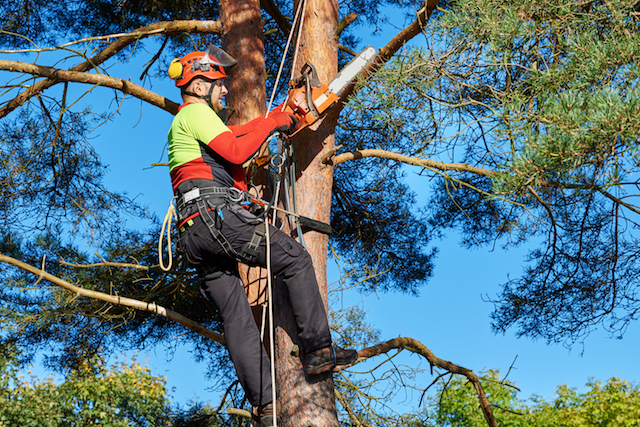
Reasons Why to Prune a Tree
There are several reasons to prune a plant. Some obvious reasons would be if limbs are touching your home or other structure, if limbs are growing into power lines or hanging over the road too far, or if there is excessive deadwood in the tree. We have four main categories for reason why pruning should happen: safety, plant health, growth control, plant training.
Safety
This may be the most obvious reason to prune a tree. Limbs may be in contact with a structure, obstructing access to roads, driveways, or exits, or even touching powerlines. Or maybe they are overhanging a place with a lot of foot traffic: sidewalk, playground, deck, or balcony. You don’t necessarily need prune these immediately, but you should watch them closely. If they start to look like they are dying or diseased, or start getting in the way of everyday activities, call us and we’ll come take a look.
Plant Health
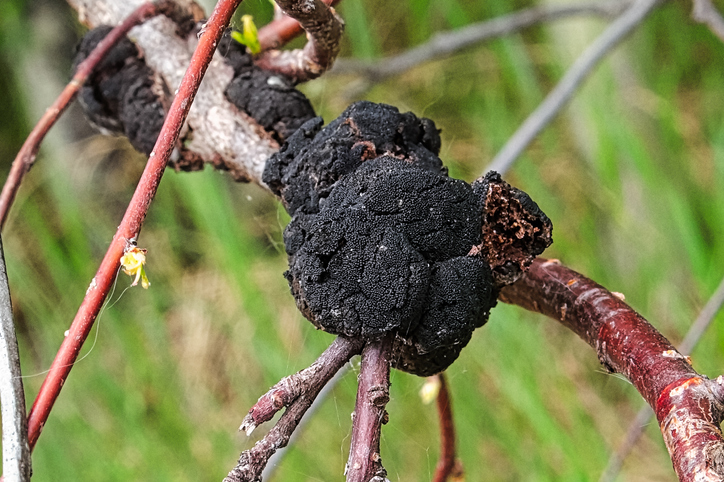
Trimming diseased or rotten growth form a tree will prevent the issue from spreading. Correctly identifying what should be excised is a job for a professional. Nelson Tree Specialist provides certified arborists to correctly diagnose your plants.
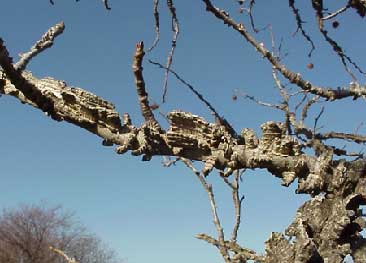
Sometimes trees may look like they have unnatural growth, but actually are healthy. For instance, Maryland’s Sweetgum trees grow a corky wedge along the branches. This may look abnormal to some, but it is characteristic of this type of tree.
Growth Control
When concerning plants used near your home, it is important to control their growth. Pants should not outgrow their space as they will either overtake neighboring plants or become too large to be supported. Overgrowth encourages rot and stifles air flow. Keep your plants the appropriate size and shape.
Plant Training
This refers to trimming to encourage growth. When a plant’s limbs are cut, new growth will emerge from the cut site, likely in more numbers than before. This is common practice with edible plants like herbs and with flowering plants to encourage more blooms. This is best done in the winter to limit the cut site’s exposure before spring arrives.
The Right Way to Prune
Pruning Small Branches
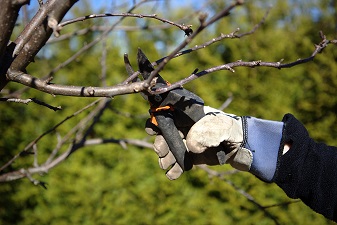
You can remove smaller branches, anything less than 1 1/2 inches, using shears, loppers, or a bow saw. Even though these branches are smaller, you should prune appropriately to reduce damage to the soft tissue of the tree.
Pruning Larger Branches
For bigger branches, you have to use a little more precaution so that you don’t damage the main part of the tree. Using proper cutting techniques is crucial for your safety and the health of the plan.
Branches that we remove that are larger than 1 1/2 inches in diameter require a three part cut:
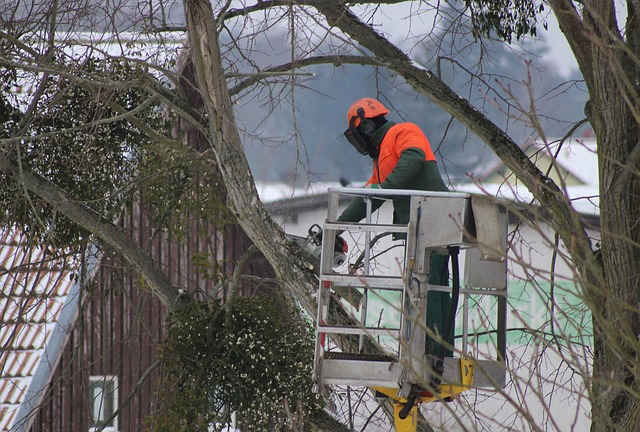
- At 6-12 inches from the branch collar (the bulge where the branch meets the main part of tree), make a cut 1/3 of the way through the bottom of the branch parallel to the collar. This cut is very important. This initial cut is made so that when the next cut happens, the weight of the branch falling does not tear away soft tissue from the main part of the tree. It’s made on the underneath of the branch in order to not encourage premature splitting. Further, leaving 2/3 of the branch intact is just enough for the branch to maintain its integrity long enough for the second cut to happen.
- Move 3 inches out from the initial cut. From the top of the branch, cut all the way through parallel to the collar. Be cautious if you are on a ladder as the branch may swing back toward the tree, taking out most of what’s in its way (including you).
- There will be about a foot or more of the branch stub remaining. Go ahead and cut it off parallel to the collar and as close to the collar as possible without damaging it.
Nelson Tree Specialist Can Prune Your Trees
We have years of experience on the job and in the classroom. We have taken the time to educate our crew in order to serve you the most qualified tree services in town. We’re proud to have grown our business with you in Maryland. Contact us today to see how we can help.
